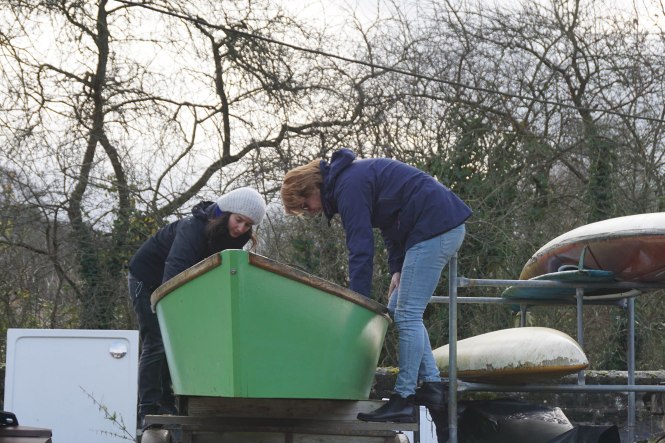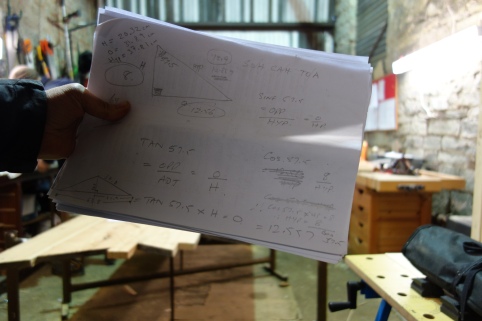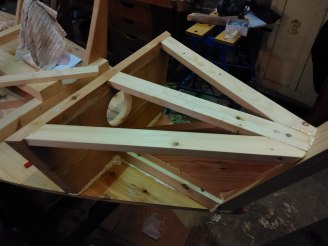We are pleased to share in our blog a story from Captain Peter Hull who kindly came to visit the making of the boat, telling us stories and supporting us in the process: thank you.
“INDONESIAN BUGIS” by Capt Peter Hull
I am a Master Mariner by profession and formerShipmaster. In 1984 the Shipping Company for which I worked posted me to Indonesia to act as Operations Manager in South East Asia.Indonesia is a busy, diverse and fascinating country. It is the largest archipelago in the world with over 17,000 islands. It is also one of the most populated. Hence boats have always formed an essential part of life in Indonesia, enabling people to travel and trade between the islands.What I normally referred to asBugis are part of a group of sailing vessels often called Makassar Schooners orPhinisi (sometimesPinisi). They are probably the last such fleets of sailing boats in the world that still ply for trade. They carry a wide variety of goods such as timber, copra, rice and raw materials to centres like Jakarta, and return to the various river ports throughout the archipelago with material such cement, steel and manufactured items. The main centre in Jakarta is known as SundaKelapa, which is the old sailing ship port nearTanjungPriok. It is well worth a visit.It is interesting to see the Bugis being loaded and discharged. Most of the cargo is carried as loose bags or single boards of timber and the stevedores walk up and down a narrow plank carrying a bag of cement, rice, or a couple of planks. The planks of timber are sometimes cut by hand in ‘saw pits’.
I had been to Indonesia before this and seen numerous Bugis at sea under full sail – an impressive and colourful sight. But my new posting gave me a chance to see one being built in Kota Baru (South Kalimantan). It was rather fortuitous to stumble on this vessel while I was supposed to be doing something else, but it gave me the opportunity to learn a bit about Bugi building. The most interesting thing is that they build the shell first and the frames second.


Here is an extract from an article about them……
‘Pinisi have always been assembled using wooden pegs to join the timbers. We would call the fasteners “trunnels” or tree nails.
The sequence of assembly is different than we in the West would ordinarily assume. First the keel is laid, then the stem and stern post are erected, as usual. Then however, rather than setting up the whole array of the hull shell. The frames are pegged to the planks, to the keel, and to each other where the frame segments are joined. The frame butt ends either lap across the keel (Sulawesi style), or are joined to a floor member (more common in Kalimantan), depending on the tradition from which the individual boat builders have come.
This “planking first” approach may seem odd to our rigidly defined approach to shaping a ship in the West, but this is as the builders among the Indonesian islands have done it since no one knows when. This is very much the most common method used throughout Indonesian, Malaysian, and other South and Southeast Asian waters, and the method has served the people very well indeed’.
(I think the ancient Greeks used to build trireme this way)
Suffice it to say that building a Bugi requires a lot of skill and experience. They are impressively large and built by hand using village labour without the help of power tools. (There are quite a lot of websites showing Pinisi building).


All photos are courtesy of Captain Peter Hull.








 We are happy to announce the publication of Governing for Resilience in Vulnerable Places in which you can find “Riding the Tide: Socially-engaged art and resilience in an uncertain future” a paper writen in collaboration between Sage Brice and Seila Fernández Arconada.
We are happy to announce the publication of Governing for Resilience in Vulnerable Places in which you can find “Riding the Tide: Socially-engaged art and resilience in an uncertain future” a paper writen in collaboration between Sage Brice and Seila Fernández Arconada.



























